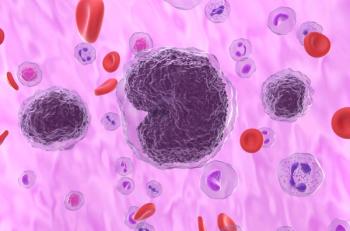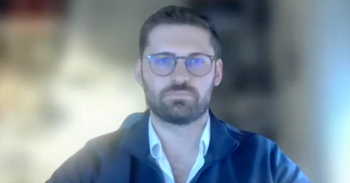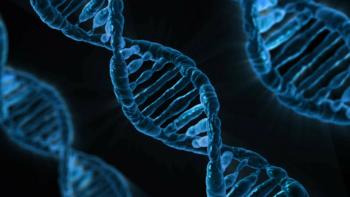
Dr Shoaib Ugradar Explains Award-Winning Research on Floppy Eyelid Syndrome
At the American Society of Ophthalmic Plastic & Reconstructive Surgery (ASOPRS) 2021 Fall Scientific Symposium, Shoaib Ugradar, MD, UCLA Stein Eye Center Santa Monica, will receive an award for his work on floppy eyelid syndrome and using collagen cross-linking to stiffen the eyelid and help patients.
At the American Society of Ophthalmic Plastic & Reconstructive Surgery (ASOPRS) 2021 Fall Scientific Symposium, Shoaib Ugradar, MD, UCLA Stein Eye Center Santa Monica, will receive an award for his work on floppy eyelid syndrome and using collagen cross-linking to stiffen the eyelid and help patients.
Transcript
At the ASOPRS 2021 Fall Scientific Symposium, you are being presented with a research award. What is the award for?
We received this award from ASOPRS, which is a highly prestigious organization, for our work on floppy eyelid syndrome. Now, floppy eyelid syndrome is a curious condition that affects up to about 10% of the population, according to certain studies. And in this scenario, patients with aging and obesity can have a reduction in the elastin within the eyelids, and this creates the mechanical structure of the eyelid to become more floppy. And in turn, this leads to irritation of the eye, exposure of the eye, and ultimately, in severe circumstances, a decrease or loss of vision.
Now, what we did was we used collagen cross-linking, which is a technique that uses riboflavin, which is a B vitamin, and we spread it onto the eyelid, and we shine a UV [ultraviolet] light directly on to the eyelid itself. Now, when the UV light, at a certain frequency, hits the riboflavin it almost creates a magical chemical reaction, which causes a release of energy across the whole eyelid. Now, this free energy is then harnessed into a covalent bond, which causes cross-linking. And the collagen fibers within the eyelids become more attached and become closely compacted.
Now if you look at the
Now, what does this all mean for floppy eyelid syndrome? This close compaction of the collagen fibers results in a mechanical change. So, here we have a chemical process leading to a physical change in the tissue. So, it's tissue engineering in the truest sense. And the stiffening of the eyelid, we hope, will be a future treatment modality to help patients with floppy eyelid syndrome.
Newsletter
Stay ahead of policy, cost, and value—subscribe to AJMC for expert insights at the intersection of clinical care and health economics.













































